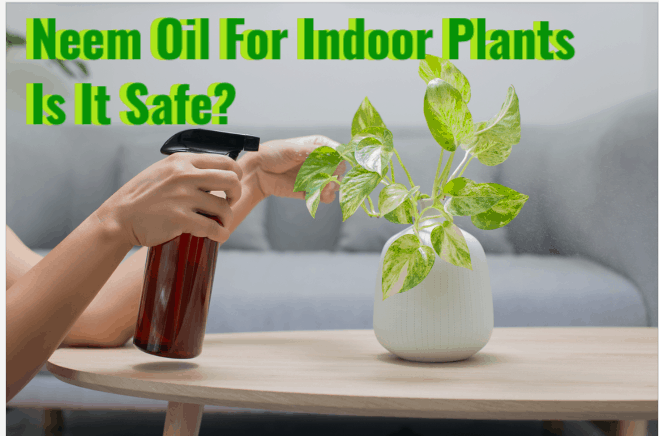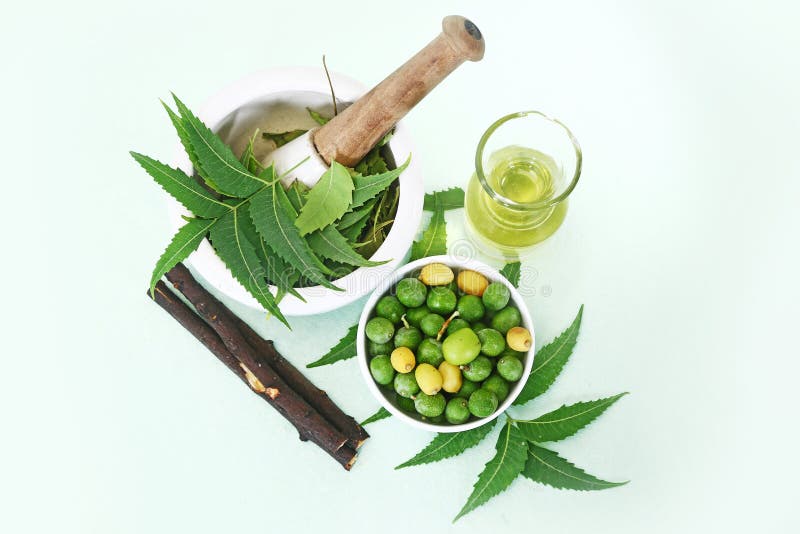HousePlantJoy is supported by our audience. When you purchase through one of our links, we may earn a small affiliate commission. As an Amazon Associate I earn from qualifying purchases. Your cost is not affected.
==================
NEEM OIL FOR INDOOR PLANTS
Is it safe to use neem oil for indoor plants? Why would anyone need to use an insecticide, natural or otherwise, for plants kept indoors? In fact, plant pests do invade our homes quite frequently. They might enter your home through an open window, when you walk in the door, or with your supermarket delivery. Protecting your precious plants from these invaders might seem impossible. However, it is possible and not even difficult in most cases.
One approach to keep wild pests from destroying your plants is to apply insecticides to them. However, be sure it’s an organic alternative you can use safely in your own house. The use of neem oil comes in helpful in this instance.
This article will try to look at neem oil is safe for houseplants and how it is helpful for our indoor plants. So let’s start.
What is a Neem Oil?
Nondrying extraction from the seeds of the Indian neem tree yields a naturally occurring pesticide known as neem oil. It is either sold in its pure form or blended with other chemicals to manufacture pesticide sprays.
You can read the fact sheet about Neem Oil at the NPIC site.
Reasons Why You Should Use It.
- This environmentally friendly solution does not include any chemicals that may be detrimental to you or your indoor plants.
- It is inexpensive since you only need a tiny amount of neem oil for around a liter of water.
- It can defeat practically every pest or fungus; you can treat even the most minor pests, like spider mites, with great success.
Is Neem Oil Safe To Use For My Indoor Plant?
As long as you use just a tiny amount of neem oil on your houseplants, it is safe to use. Moreover, you may test a small area on the leaves to ensure your plant is not susceptible to this product. It is essential to let your indoor plant mature for at least 24 hours to detect any adverse effects on the leaf.
When Is The Appropriate Time To Apply It?
- When you see small holes, webbing, or sticky material on the leaves of your houseplants, you should use neem oil immediately.
- Stick your head down in the leaf litter to search for the invertebrates that live on the tops and bellies of leaves. If you locate any, you should treat them with neem oil.
- Even if your plant is fit and bug-free, you may give it a neem oil treatment once in a while as a preventative step.
- If you’ve battled with bugs in the past or live in a warm, humid region, it would be a decent idea to establish a routine of bug removal.
In What Areas Should We Use It?
In order to altogether remove or prevent the appearance of pests or infestations, it is crucial to coat the leaves with neem oil thoroughly. It is vital to cover both the top and bottom surfaces of leaves as bugs like to swing out on the underside of foliage.
Ensure to apply a tiny layer of neem oil on the stems and soil to protect against any creatures.
If your plants are displaying signs of yellowing, browning, or drooping, this might be due to water, sunshine, or nutritional imbalance, and the neem oil may not help. These environmental issues need to be resolved separately. You may, however, use need oil while correcting these issues, too.
Some Interesting Facts about Neem oil as an Insecticide
- It might take weeks to completely eliminate the pests depending on the insect type, frequency of treatment, and length.
- Do not undertake the neem oil treatment in extremely high temperatures or sunny weather. It may result in plant damage. Neem is an oil; as such, it might burn the plant when exposed to high temperatures or strong sunlight.
- You may be applying more oil than necessary if you see that the foliage has oil on it. Wipe the leaves and try to use less the next time. In fact, it does not take a heavy coating to eliminate the pests. Use a minimal amount.
- People have discovered that neem oil is quite effective against fungi as well. You can use it to manage powdery mildew, fungus, and black spot.
Proper Use of Neem Oil for Indoor Plants
I wanted to provide you with a general summary of the stages, so you’ll know how to get started.
- Ready-to-use mixes are easily found. These require no mixing and may include other ingredients to aid the neem oil. Make certain the product is truly organic to avoid using harmful chemicals in your home. The product that I highly recommend is:
- If you prefer, create your own mix. Use 1 1/2 teaspoons of neem oil concentrate, one teaspoon of mild liquid soap, and 1 liter of lukewarm water. Mix all of the ingredients. The dish soap is not essential, but some find it does help. For this mix, I like to use this brand of Organic Neem Oil:
- Ensure the ingredients are well mixed. Just pour them into a spray bottle, and shake it vigorously.
- Before putting it on the entire plant, it’s a good idea to test it on a leaf or two to make sure there’s no harm. However, like so many others, I have found it is safe for my houseplants, as well as the outdoor ones.
- Drench the plant with your neem oil spray, being sure to apply it to both the top and bottom of the leaves, as well as crevices.
- Avoid exposing the plant to direct sunlight until the leaves are completely dried.
- For at least the following several weeks, keep using it weekly until you don’t notice any evidence of the pests. And, if you are concerned about reinfestation, you may continue to use it as a preventative.
Benefits of Using Neem Oil for Indoor Plants.
1. Safe to use
Many synthetic pesticides end up leeching into the ground and into the bodies of animals who touch them. However, neem oil is not harmful to use. It keeps your pet safe and secure if you accidentally touch your houseplant. While traditional neem oil is biodegradable and non-toxic, more sustainable neem oil degrades without posing any risk to the environment.
2. It Is Organic And Biodegradable.
The natural derivative of the neem tree, an evergreen type native to India, is called neem oil. By extension, this also makes it biodegradable and organically produced. Neem is an organic product, as mentioned, and that is why it is safe and brings no harm to the environment.
3. Effective for Controlling Nematodes.
Controlling nematodes is challenging and, when present in excessive numbers, may be very damaging to plants. Neem extract has shown to be very effective in fighting root-knot nematodes. The Neem oil works by keeping the larva from hatching.
4. No Detrimental Effects on Beneficial Earthworms.
Although typical chemical pesticides hurt earthworms, neem oil has the reverse effect and helps to increase earthworm activity. Earthworms are helpful to the health of the soil. As they dig into the ground, they build passageways that enable air and rainwater to reach plant roots.
Conclusion
Neem Oil offers incredible benefits to all plants, including our houseplants. Used by gardeners, farmers, and indoor plant enthusiast, this product has been shown to be safe and effective.
Read More:
How to Keep Pets Away from Houseplants






